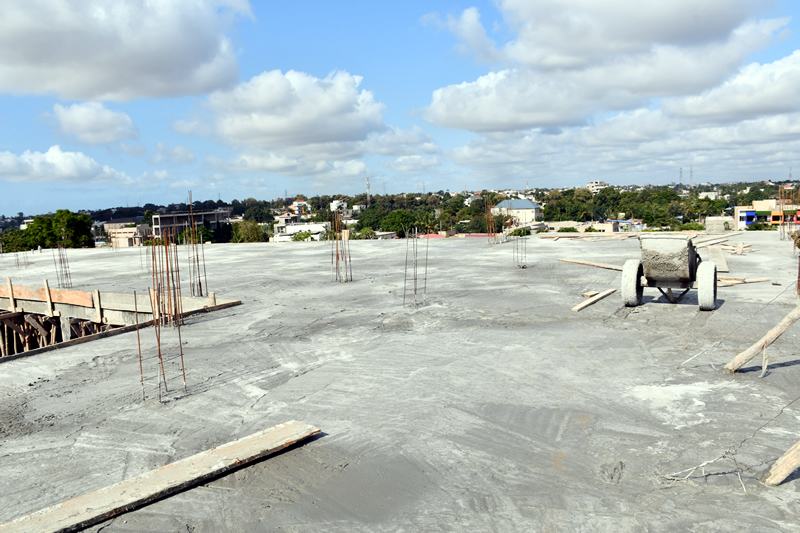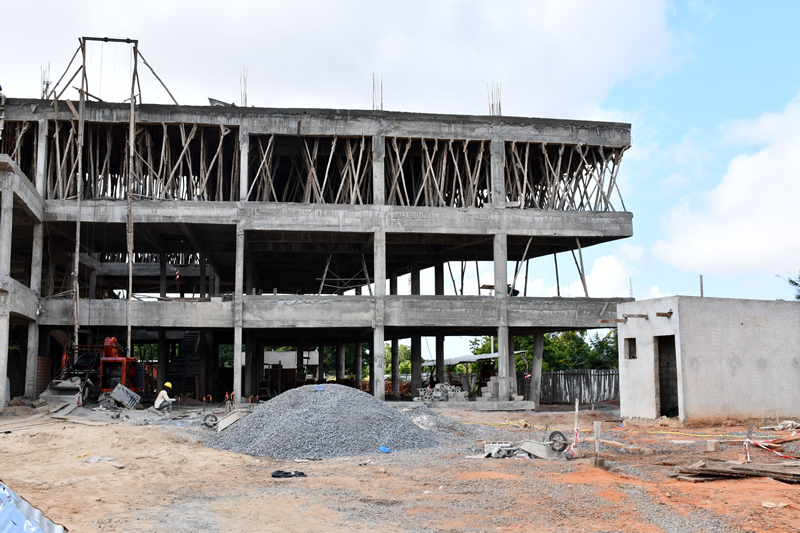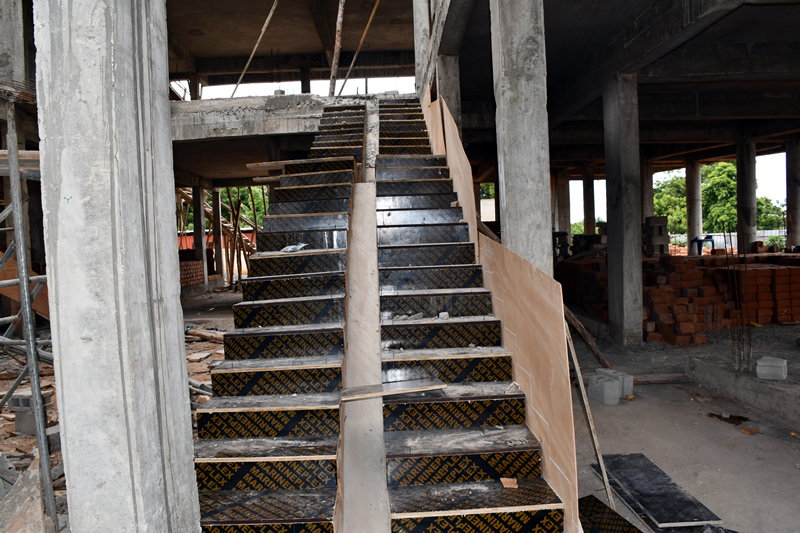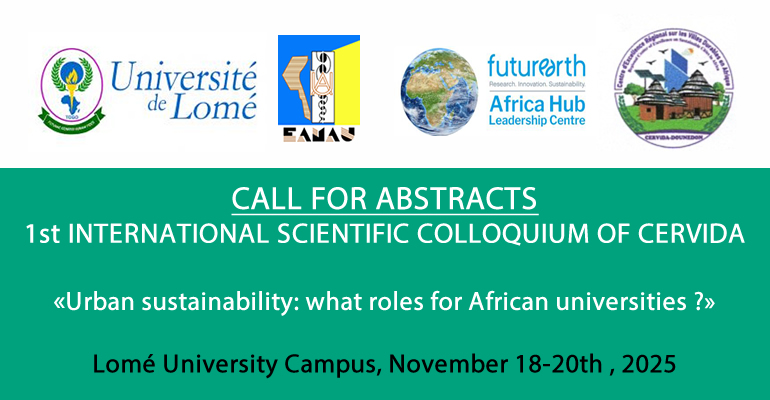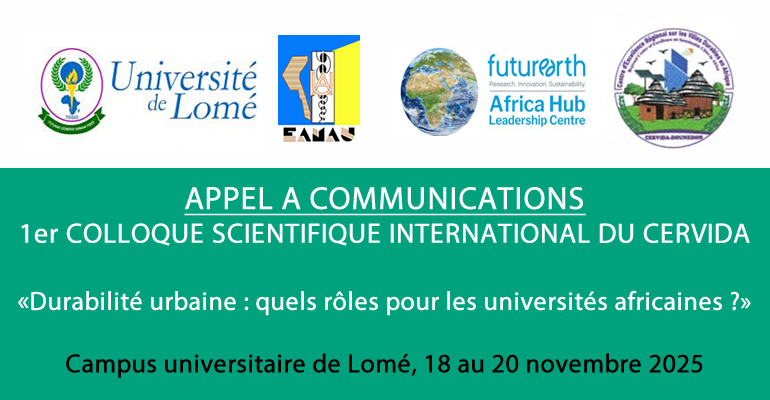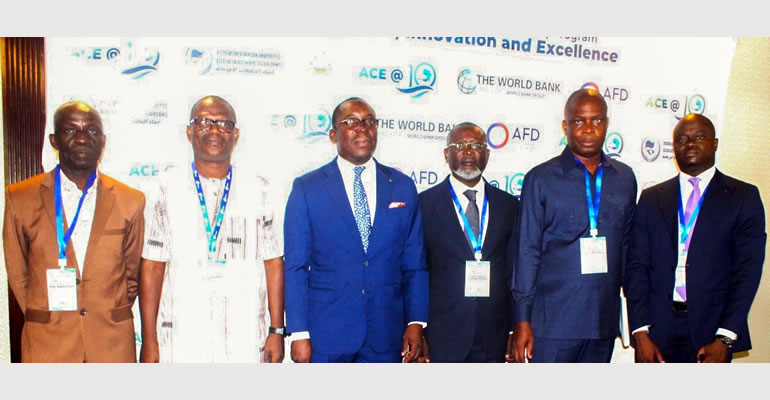IMPACTS DE L’URBANISATION ET DE L’ETAT D’ASSAINISSEMENT SUR LA BIODIVERSITE DES MACROINVERTEBRES BENTHIQUES DE QUELQUES COURS D’EAU A YAOUNDE ET SES ENVIRONS (CAMEROUN)
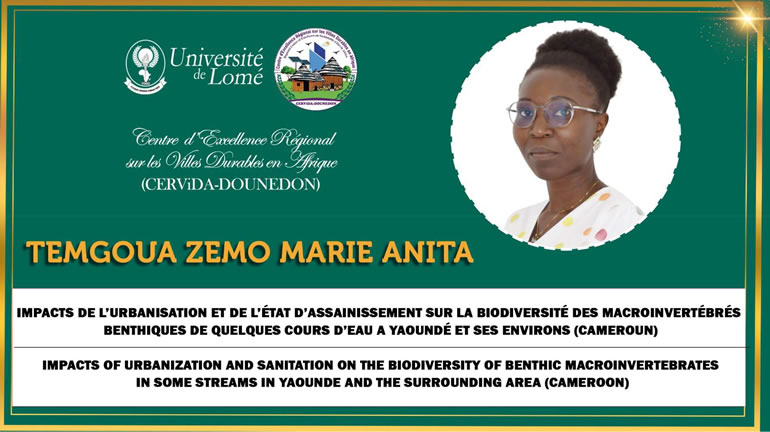
RÉSUMÉ
L’urbanisation rapide, la forte croissance démographique et l’assainissement inadéquat ont des répercussions sur les cours d’eau situés en milieu urbain avec la destruction de la biodiversité. L’objectif de cette étude est de déterminer la structure du peuplement des macroinvertébrés benthiques présents dans les cours d’eau soumis à l’urbanisation et à l’assainissement inadéquat afin de déterminer le niveau de pollution. Pour la réalisation de cette étude, 16 stations d’échantillonnages ont été définies pour 7 cours d’eau à Yaoundé et ses environs. Les analyses physico-chimiques ont été faites suivant les méthodes standards. L’échantillonnage des macroinvertébrés benthiques s’est fait suivant les méthodes appropriées. Les enquêtes sociologiques ont été menées auprès de 250 ménages dans 5 quartiers de la ville de Yaoundé et l’analyse des données satellitaires entre les années 2000 et 2022 à l’aide d’outils appropriés. L’analyse des données spatiales entre 2000 et 2022 dans la zone révèle une perte importante de surface naturelles au profit des surfaces anthropisées. A l’issu des enquêtes de terrain, il ressort une mauvaise gestion des déchets liquides et déchets dans les différentes localités qui se retrouvent dans les cours d’eau exposant ainsi les populations aux risques potentielles de maladies. L’analyse de la qualité physico-chimique et biologique montre que suivant le gradient d’urbanisation, les eaux du milieu dit forestier sont bien oxygénées avec une faible minéralisation avec l’abondance de l’Atydae Caridina africana. Tandis que les eaux du milieu urbain sont presque anoxiques et empois à une forte pollution organique qui pour la plupart sont d’origine anthropique avec une population dominée par Chironominus sp., Lumbriculidae et Physa acuta. L’IndVal réalisé à partir des groupes de la SOM a permis de recenser sur 144 taxons, 44 taxons indicateurs formant 03 communautés de macroinvertébrés suivant le type de pollution qui sont des communautés indicatrices du niveau de pollution. En somme, L’urbanisation associé aux impacts anthropiques sont des puissants vecteurs de changements des habitats naturels et de ce fait les cours d’eau se trouvant en milieu urbain méritent d’être intégré dans les programmes de planification et envisager des stratégies pour leur restauration ou réhabilitation.
Mots clés : Macroinvertébrés benthiques, urbanisation, pollution, taxons indicateurs.
IMPACTS OF URBANIZATION AND SANITATION ON THE BIODIVERSITY OF BENTHIC MACROINVERTEBRATES IN SOME STREAMS IN YAOUNDE AND THE SURROUNDING AREA (CAMEROON)
ABSTRACT
Rapid urbanization, strong demographic growth, and inadequate sanitation impact urban streams, destroying biodiversity. This study aims to determine the population structure of benthic macroinvertebrates in streams subject to urbanization and inadequate sanitation to determine the pollution level. To carry out this study, 16 sampling stations were defined for 7 streams in Yaoundé and the surrounding area. Physico-chemical analyses were carried out using standard methods. Sampling of benthic macroinvertebrates was carried out using appropriate methods. Sociological surveys were carried out in 250 households in 5 districts of Yaoundé, and satellite data were analyzed between 2000 and 2022 using appropriate tools. Analysis of spatial data between 2000 and 2022 in the area reveals a significant loss of natural land to the benefit of man-made land. Analysis of spatial data between 2000 and 2022 in the zone reveals a significant loss of natural land to the benefit of man-made land. Field surveys revealed poor management of liquid waste and rubbish in the various localities, which ends up in the streams, exposing people to potential disease risks. Analysis of the physico-chemical and biological quality shows that depending on the urbanization gradient, the water in the forest environment is well-oxygenated with low mineralization and an abundance of the Atydae Caridina africana. On the other hand, urban waters are almost anoxic and subject to heavy organic pollution, most of which is man-made, with a population dominated by Chironominus sp., Lumbriculidae, and Physa acuta. The IndVal carried out based on the SOM groups identified 44 indicator taxa out of 144 taxa, forming 03 macroinvertebrate communities depending on the type of pollution, which are indicator communities for the pollution level. In short, urbanization associated with anthropogenic impacts are powerful vectors for changes in natural habitats and, as a result, streams occurring in urban environments deserve to be included in planning programs, and strategies for their restoration or rehabilitation should be considered.
Keys words: Urbanization, benthic macroinvertebrates, pollution, indicator taxa.
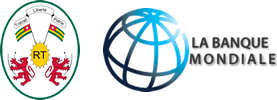


 13 Novembre 2024
13 Novembre 2024





